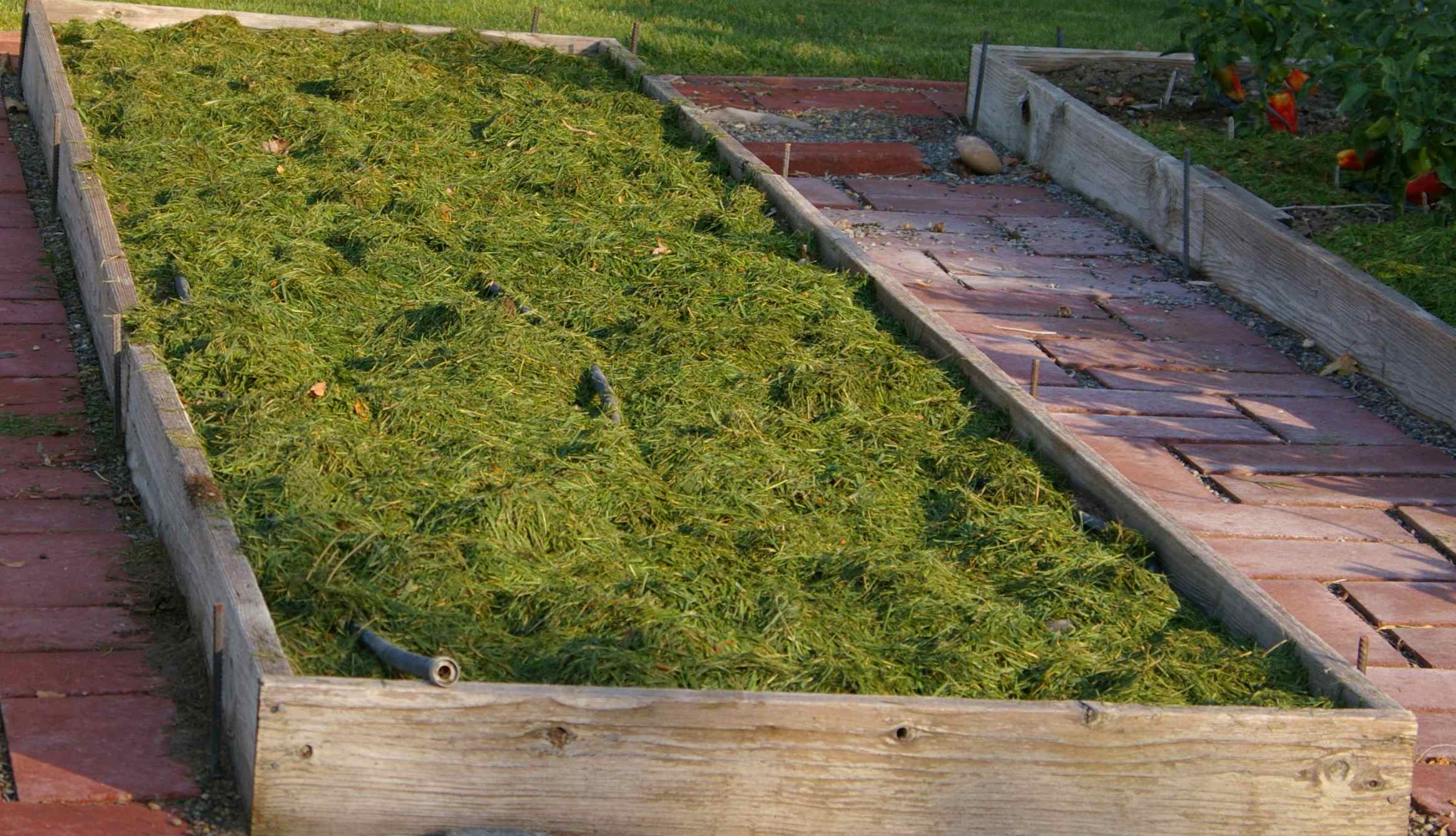Introduction
Are you looking for an easy and eco-friendly way to enhance your garden beds? Look no further than your lawn clippings! Yes, those grass trimmings you often discard can be a valuable resource for your garden. In this comprehensive guide, we’ll explore the benefits of using grass clippings in garden beds and provide you with practical tips on how to make the most of this natural resource.
Why Use Grass Clippings in Garden Beds?
Grass clippings are a rich source of nutrients that can benefit your garden beds in several ways:
- Nutrient-Rich: Grass clippings contain essential nutrients like nitrogen, phosphorus, and potassium, which are vital for plant growth and soil health.
- Soil Conditioner: As grass clippings decompose, they add organic matter to the soil, improving its structure, water retention, and aeration.
- Weed Suppression: A thick layer of grass clippings can act as a natural mulch, smothering weed growth and reducing the need for herbicides.
- Moisture Retention: Mulching with grass clippings helps to conserve moisture in the soil, reducing the frequency of watering.
- Cost-Effective: Using grass clippings as a natural fertilizer and mulch is a cost-effective alternative to buying commercial products.
How to Use Grass Clippings in Garden Beds
Preparation
Before incorporating grass clippings into your garden beds, consider the following:
- Lawn Care: Avoid using grass clippings from lawns that have been treated with herbicides or pesticides, as these chemicals can harm your plants and beneficial soil organisms.
- Grass Length: Longer grass clippings may mat together and create an impermeable layer, hindering water and air circulation. Aim for clippings that are 1-2 inches long.
- Drying: Fresh grass clippings can be mixed directly into the soil, but dried clippings are easier to handle and less likely to mat together.
Incorporation Methods
There are several ways to incorporate grass clippings into your garden beds:
- Top Dressing: Spread a 2-3 inch layer of grass clippings over the soil surface around your plants. This method helps suppress weeds, retain moisture, and gradually adds nutrients as the clippings decompose.
- Soil Amendment: Mix dried grass clippings directly into the soil before planting. Follow the recommended ratio of two parts carbon-rich material (like dried leaves or shredded paper) to one part grass clippings to create a balanced soil amendment.
- Compost: Add grass clippings to your compost pile or bin, alternating with carbon-rich materials like straw or dried leaves. The clippings will break down quickly, providing nutrient-rich compost for your garden beds.
- Liquid Fertilizer: Steep grass clippings in water for a few days to create a nutrient-rich liquid fertilizer. Strain out the solids and use the liquid to water your plants.
Best Practices
- Layer Clippings: When using fresh clippings as a top dressing, apply them in thin layers (1/4 inch or less) to prevent matting and odor issues.
- Turn or Mix: Periodically turn or mix the grass clippings into the soil to promote decomposition and prevent matting.
- Balance Nutrients: If using grass clippings as a soil amendment, follow the recommended ratio to ensure a balanced nutrient profile.
- Monitor and Adjust: Observe your plants’ growth and adjust the application of grass clippings accordingly. Too much nitrogen can lead to excessive leaf growth at the expense of fruit or flower production.
Frequently Asked Questions
1. Can I use grass clippings from a lawn that has been treated with chemicals?
It’s best to avoid using grass clippings from lawns that have been treated with herbicides, pesticides, or synthetic fertilizers. These chemicals can potentially harm your plants and soil organisms.
2. How often should I apply grass clippings to my garden beds?
The frequency of application depends on the method you choose and the growth rate of your plants. Generally, it’s safe to apply a thin layer (1/4 inch or less) of fresh clippings every few weeks or as needed.
3. Will grass clippings attract pests or rodents?
When applied properly, grass clippings should not attract pests or rodents. However, it’s important to avoid creating thick, matted layers that can harbor unwanted visitors.
4. Can I use grass clippings in my vegetable garden?
Yes, grass clippings can be an excellent source of nutrients for your vegetable garden. Just be sure to follow the recommended practices and avoid using clippings from lawns treated with chemicals.
5. How long does it take for grass clippings to decompose?
The decomposition rate of grass clippings varies depending on factors like temperature, moisture, and the presence of beneficial microorganisms. Generally, it takes 1-4 months for grass clippings to fully break down in the soil.
Conclusion
Incorporating grass clippings into your garden beds is a simple and sustainable practice that can significantly improve soil health and plant growth. By following the tips and best practices outlined in this guide, you can transform your lawn waste into a valuable resource for your garden. Embrace the power of grass clippings and watch your garden beds thrive!

